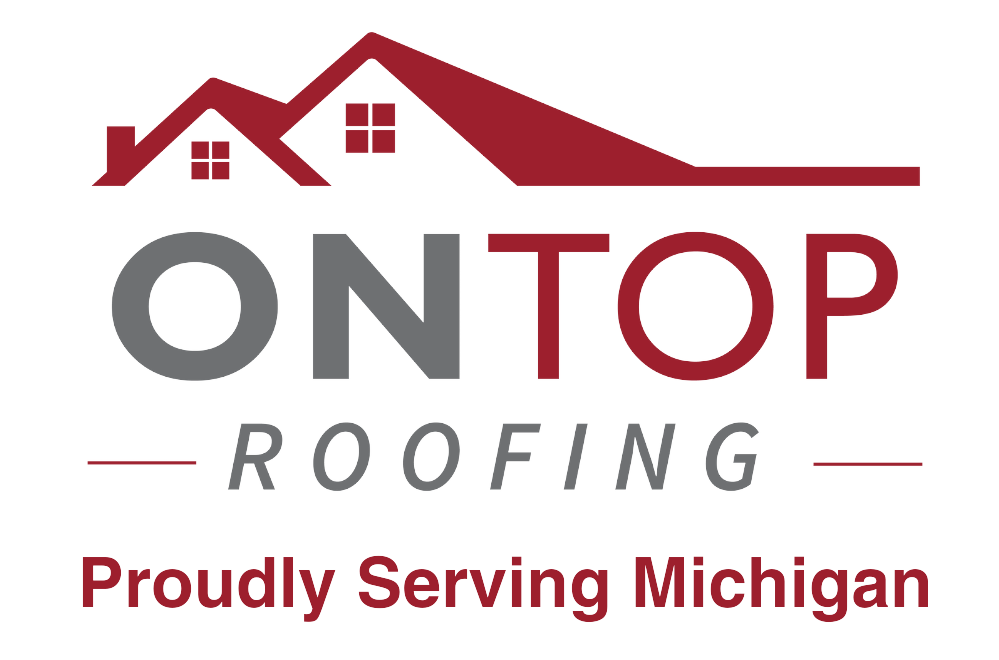
Spring is finally here, and as the snow melts away, it’s time to assess how your roof held up through the harsh winter months. Freezing
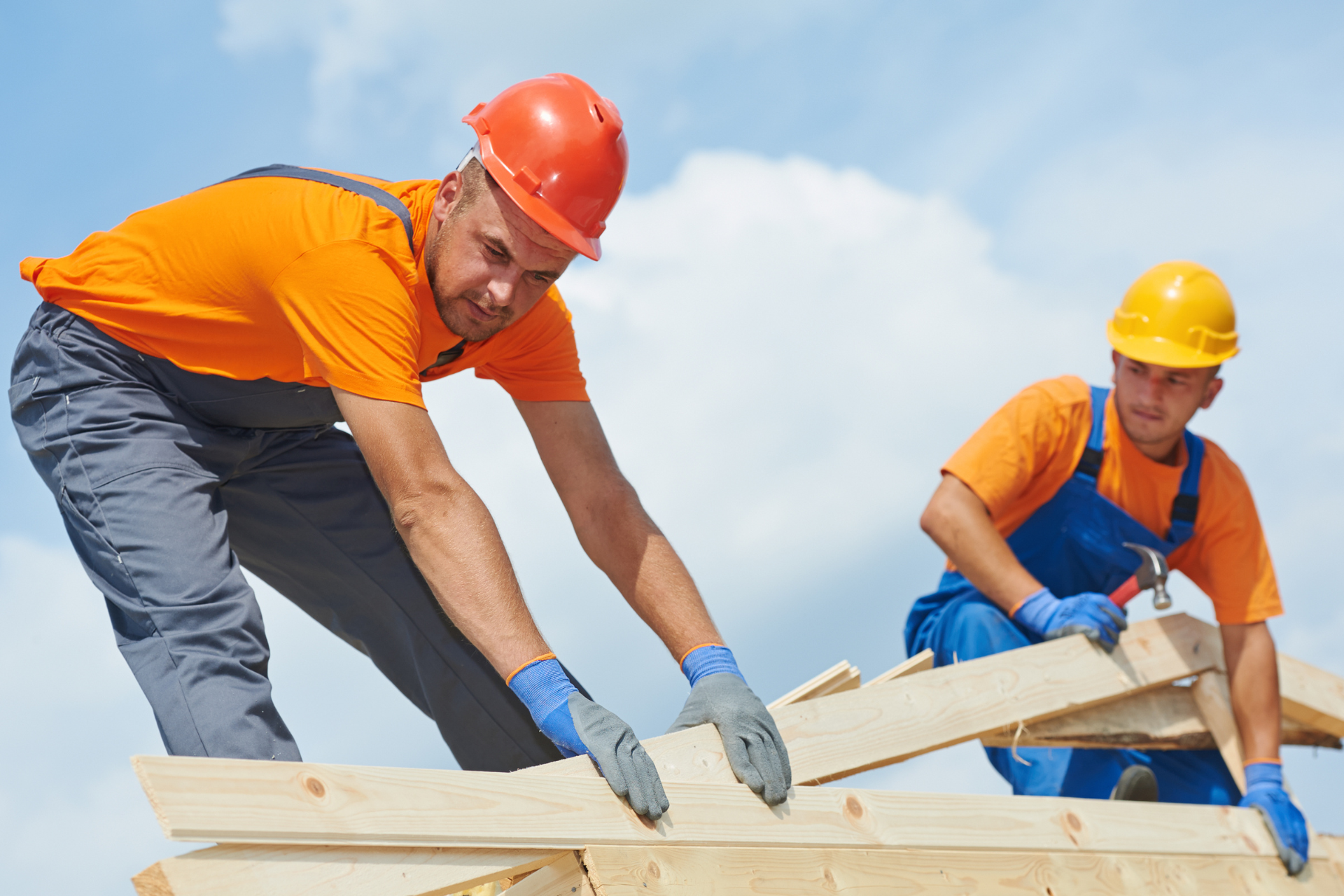
It not only affects the aesthetic appeal of the home but also impacts its durability, energy efficiency, and maintenance requirements. With a wide variety of roofing materials available on the market, each with its own set of pros and cons, it’s essential to weigh your options carefully. In this article, we’ll compare several popular roofing materials, outlining their advantages and disadvantages to help you make an informed decision.
Pros:
Cons:
Pros:
Cons:
Pros:
Cons:
Pros:
Cons:
In conclusion, choosing the right roofing material involves considering various factors, including cost, longevity, maintenance requirements, energy efficiency, and aesthetic preferences. By weighing the pros and cons of each option, homeowners can make an informed decision that meets their needs and budget while ensuring the durability and longevity of their roof. Whether you opt for the affordability of asphalt shingles, the longevity of metal roofing, the natural beauty of wood shingles, or the timeless elegance of slate, investing in quality roofing materials is essential for protecting your home and enhancing its value for years to come.

Spring is finally here, and as the snow melts away, it’s time to assess how your roof held up through the harsh winter months. Freezing
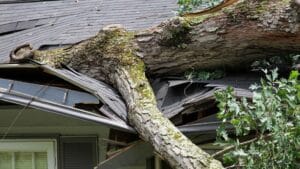
Storms can wreak havoc on homes, leaving behind significant damage to roofs that may go unnoticed until leaks or structural issues arise. Addressing storm damage
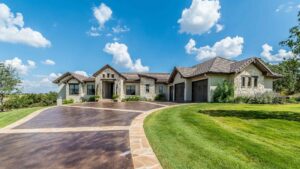
Your roof is one of the most important components of your home, providing protection from the elements and ensuring your family’s safety and comfort. However,
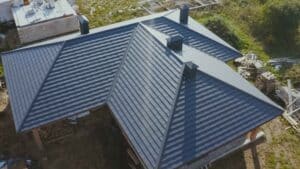
When it comes to maintaining the longevity and efficiency of your home, roof ventilation and insulation play critical roles. While many homeowners focus on the
"*" indicates required fields
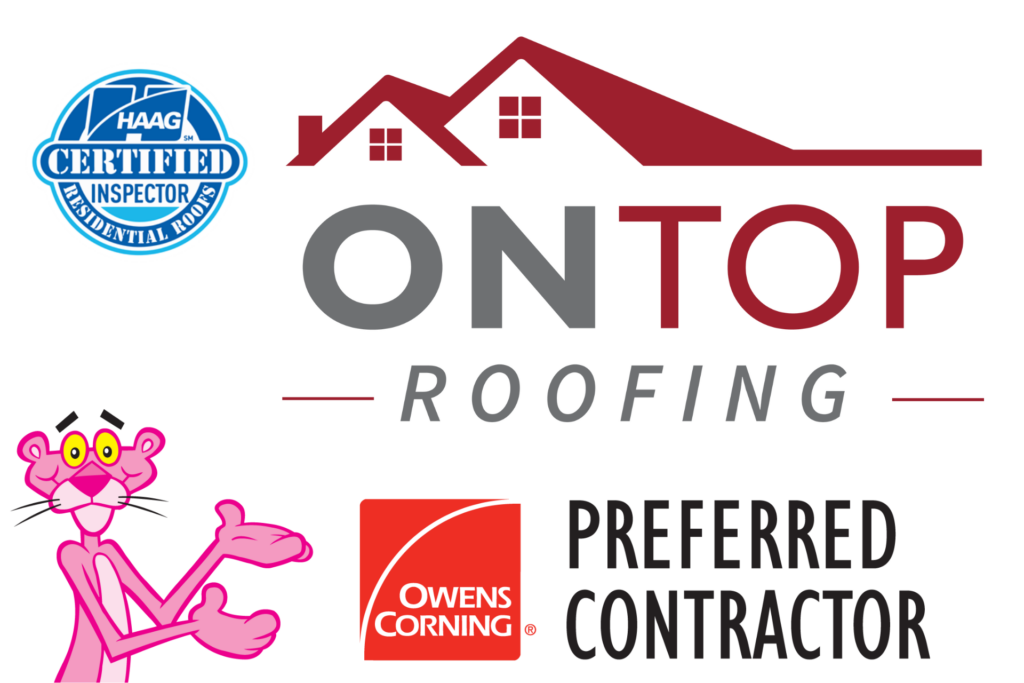
Take advantage of our free inspection and free second opinion offer and receive a complimentary estimate for any new installation service.
